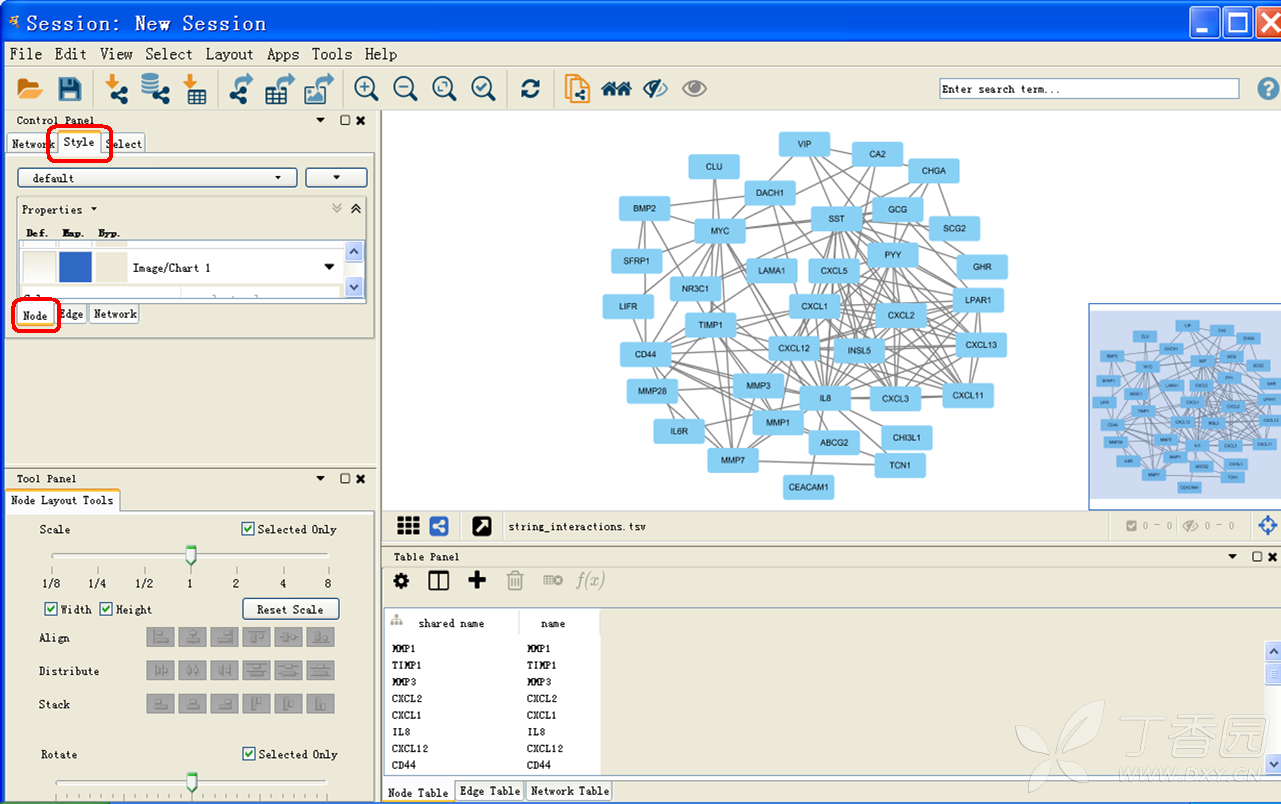
One of the functions involved in this approach returns for each node its class and the associated hexcolor, retrieved from the given colormap. The weights that fall in the same bin are mapped to the same color in a sequential colormap. But I would like to find a way to translate how this is done in normal Plotly with a colorscale into my network graph.įor the data, I have my element list with the nodes containing the following format: [`, and the color corresponding to its weght. Cytoscape supports a variety of automated network layout algorithms, including spring-embedded layout, hierarchical layout, and circular layout. The basic idea is as follows: cover the range on weights with a few adjacent intervals (bins).


The idea is that if someone selects a node, adjacent edges or nodes will have the value of weight change to determine if they’re a neighboring connection or not. The extension is distributed under The MIT License. It also allows for reconnection of edges to other source/target nodes.
CYTOSCAPE EDGE STYLE HOW TO
The current documentation for Cytoscape shows how to do this with classes for a very limited number of classes. I’m trying to use dash-cytoscape to visualize network connections, and in order to do so I’m trying to adjust the value of the weight key in the data argument using callbacks. cytoscape-edge-editing Description A Cytoscape.js extension enabling interactive editing of edge bend and control points for segment and unbundled bezier edges, respectively. I would like each node to be automatically colored based on the number of followers that node has. How can I set the styling of a cytoscape.js ' loop edge ' so that it rotates counterclockwise about the bottom right corner of a long (150px wide) rectangular node I have been fiddling with the style settings and just can't figure it out. I am trying to visualize a social network using Cytoscape in Dash.


 0 kommentar(er)
0 kommentar(er)
